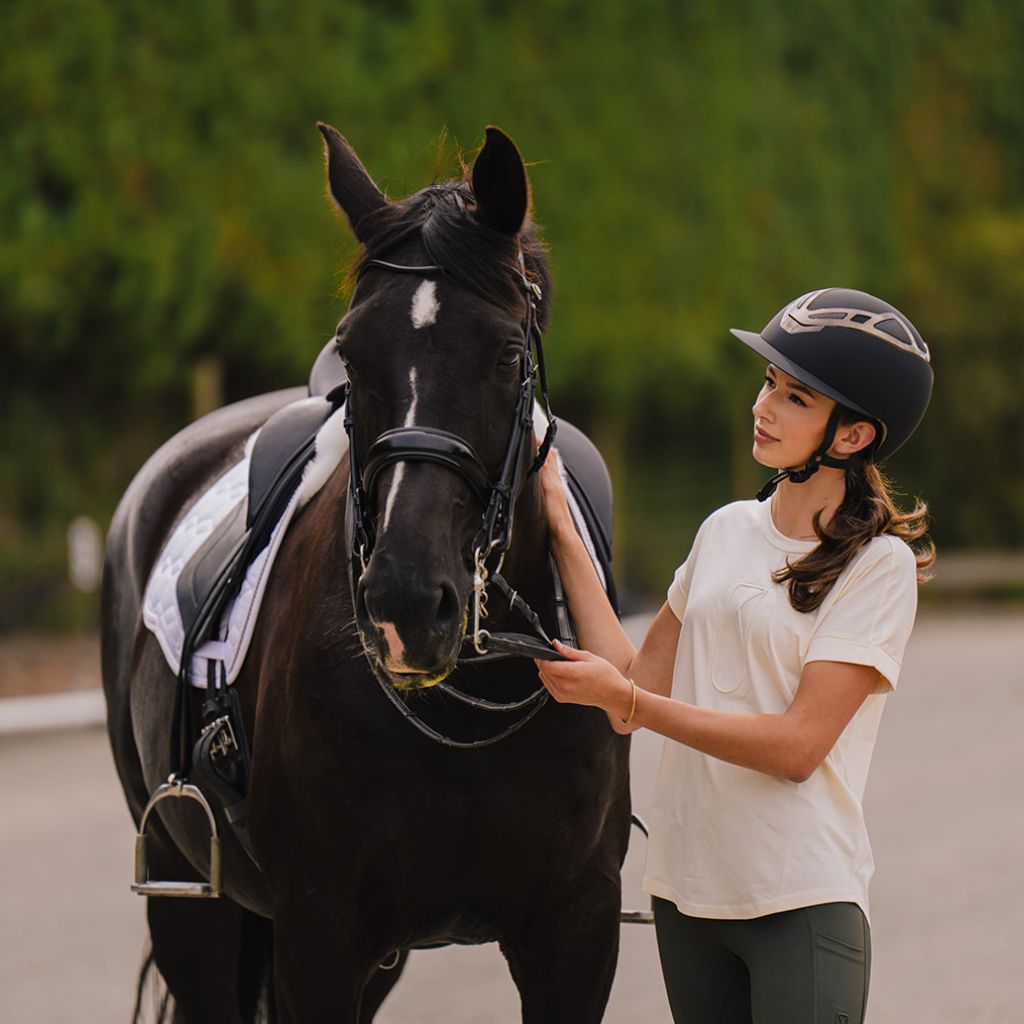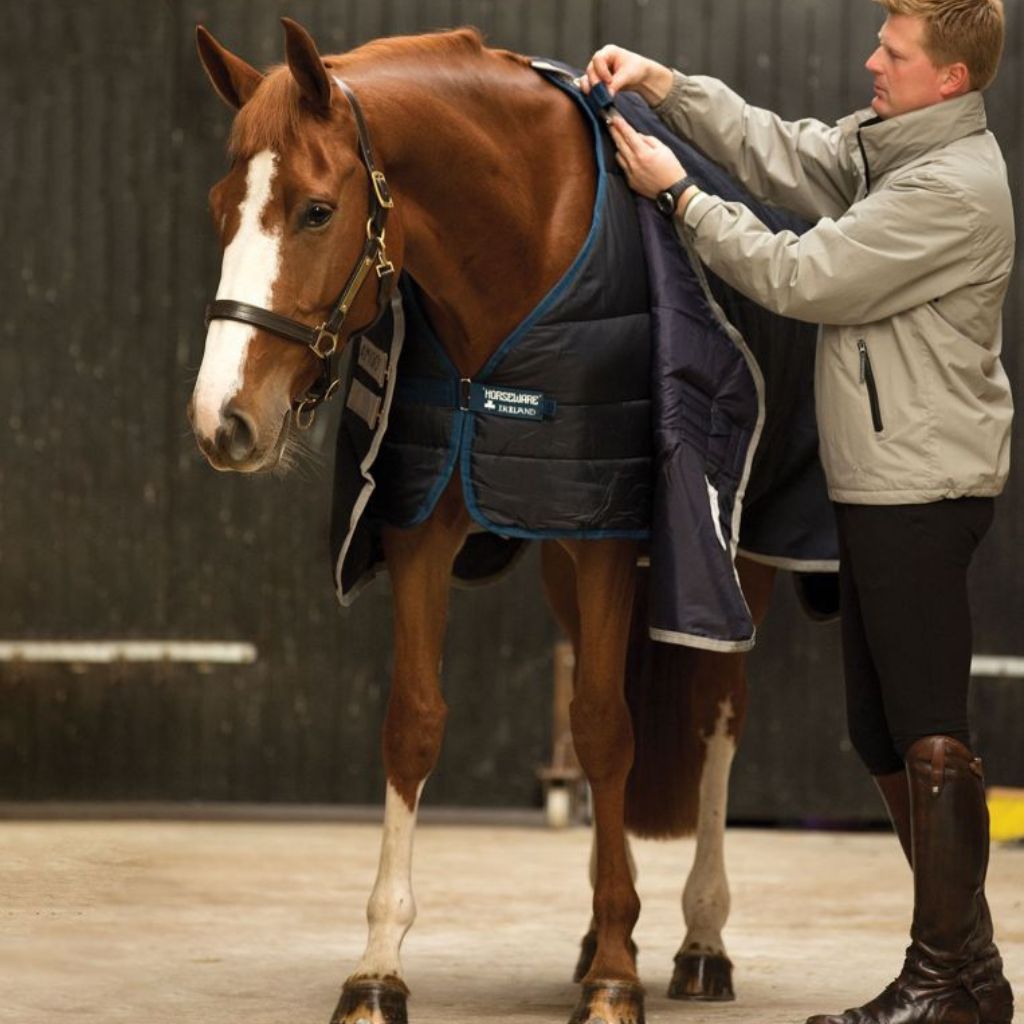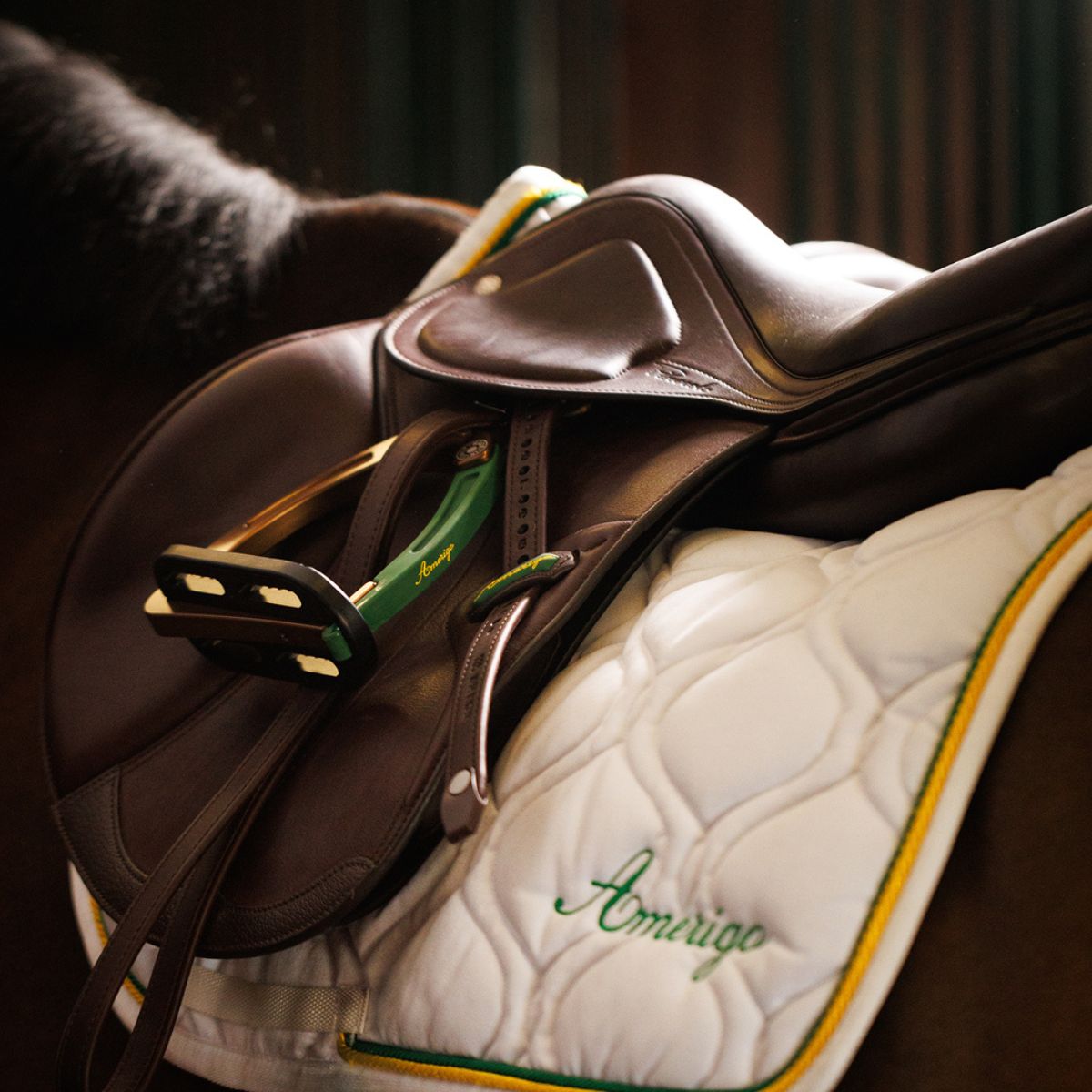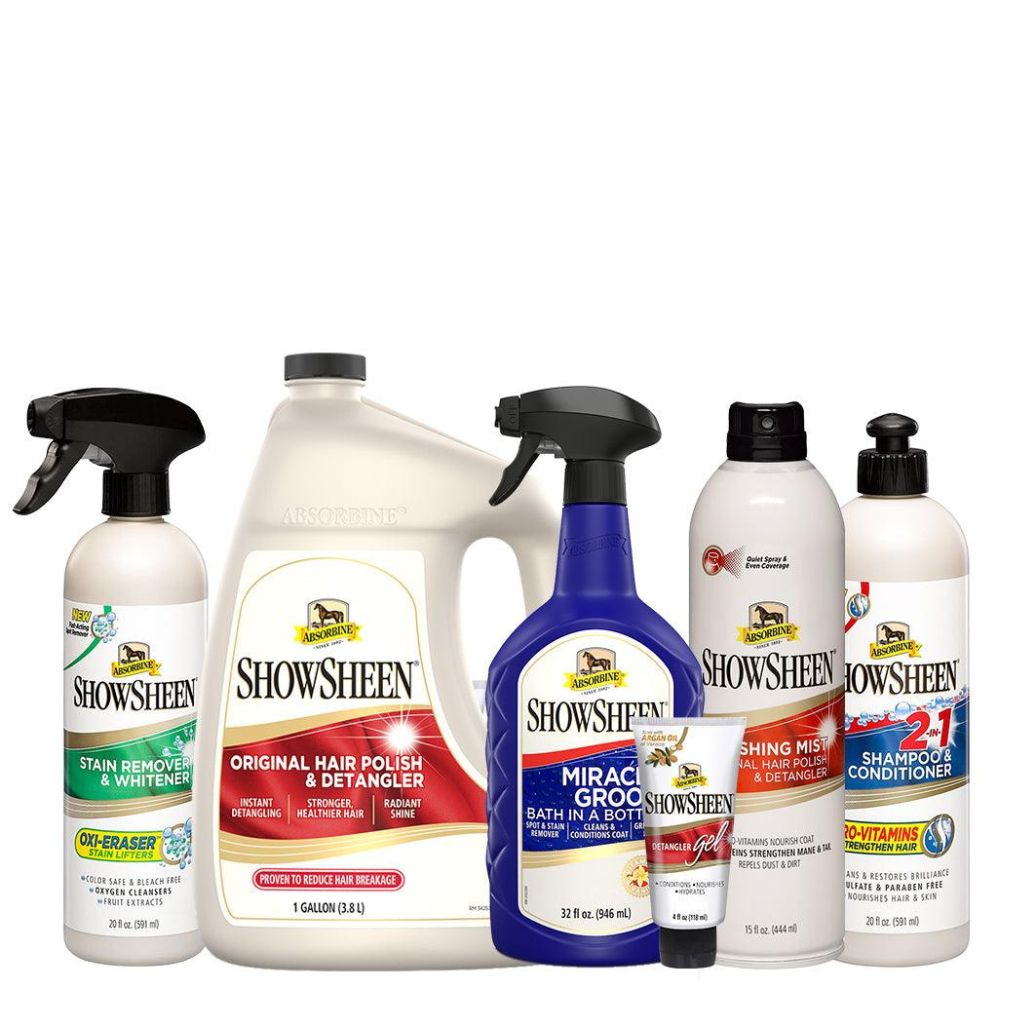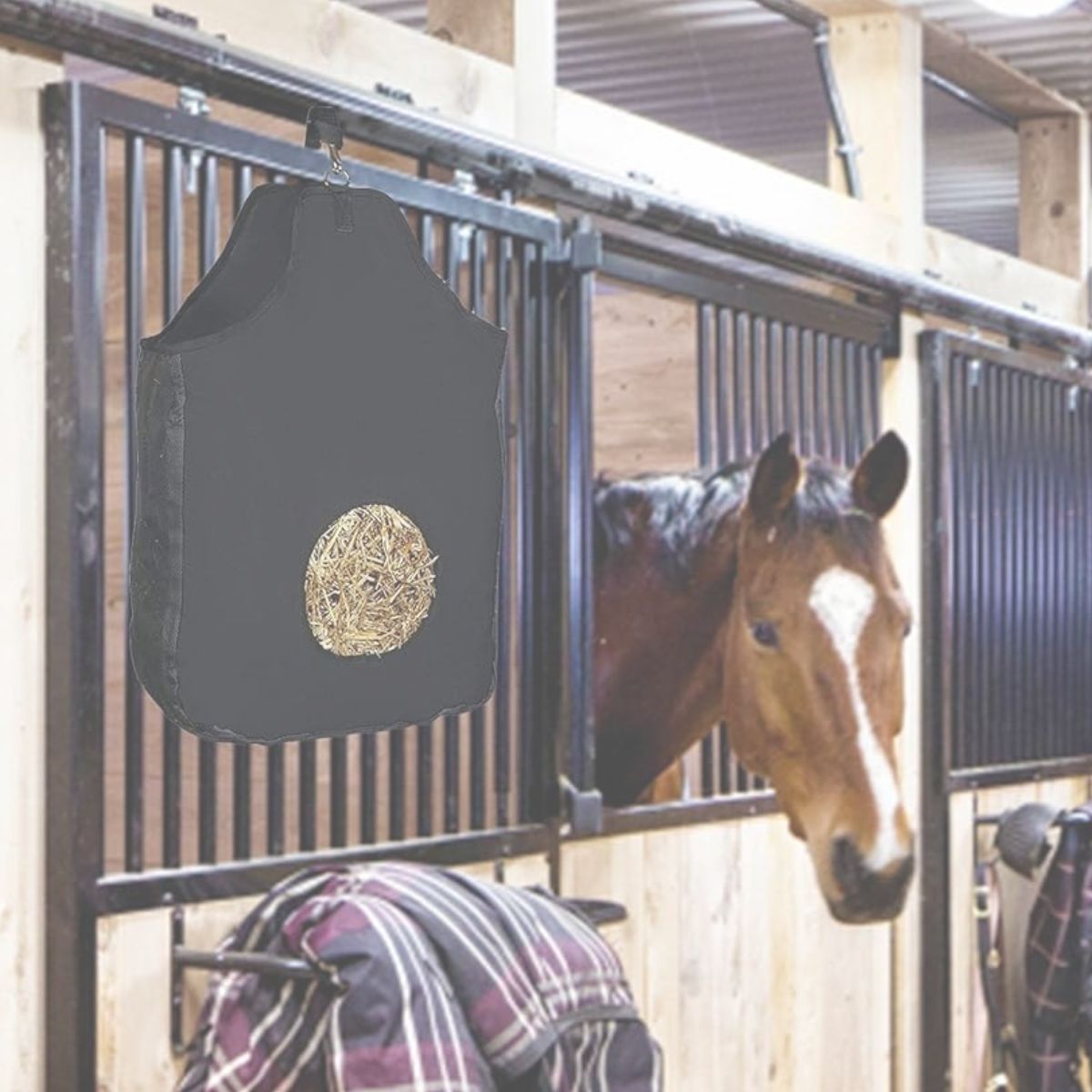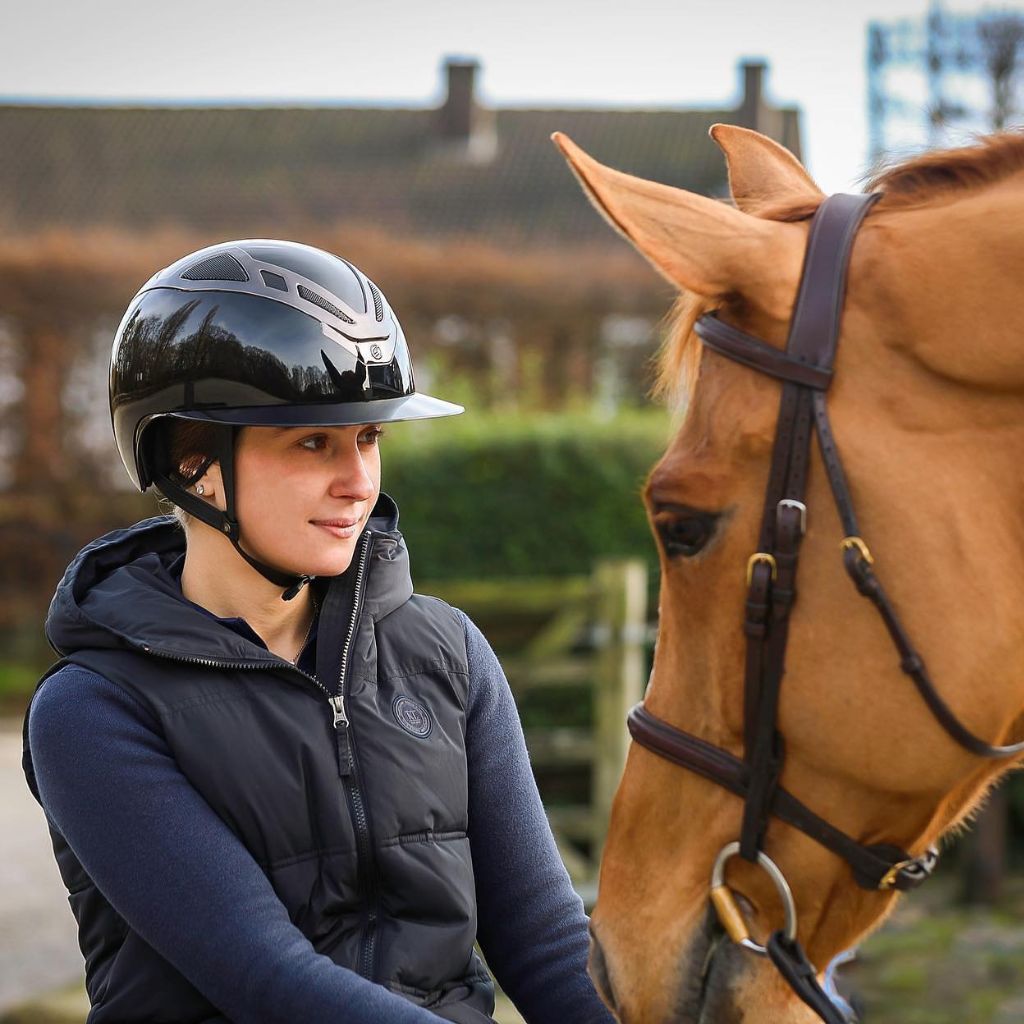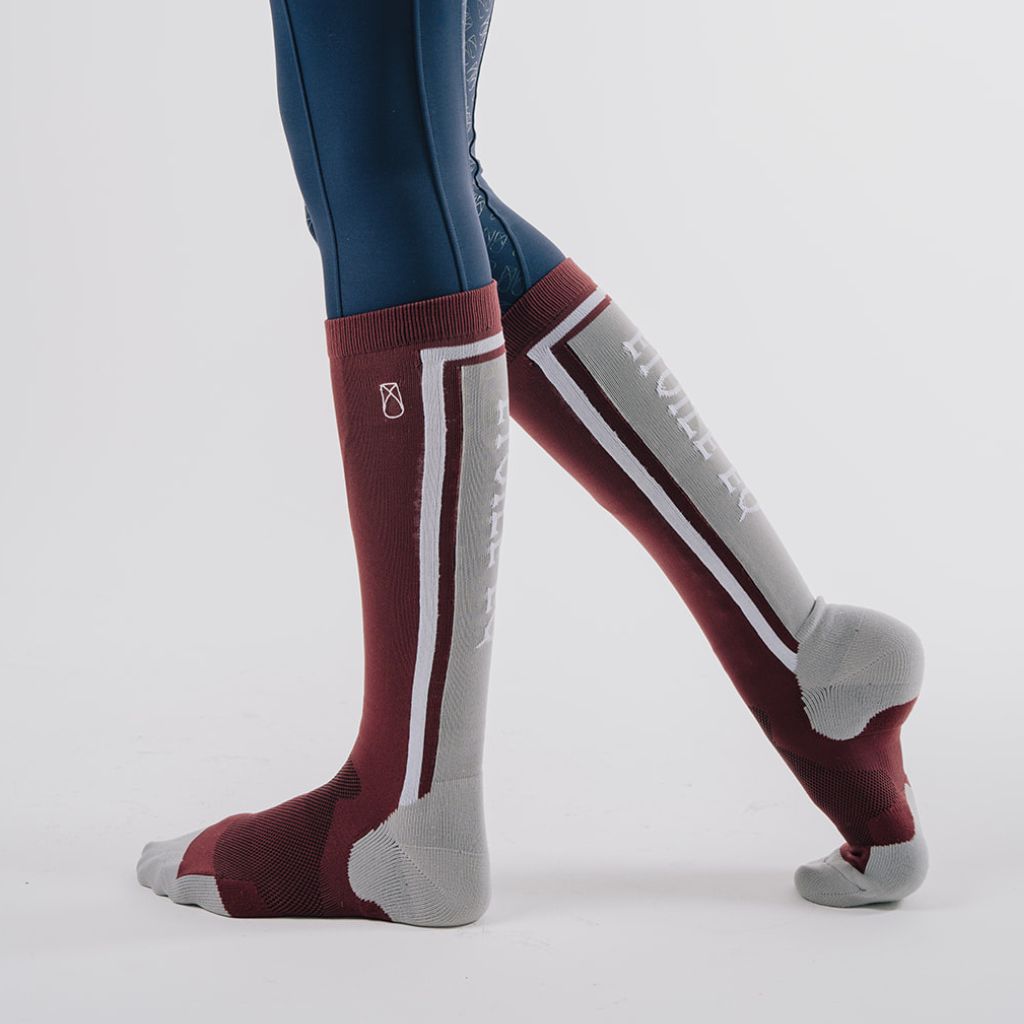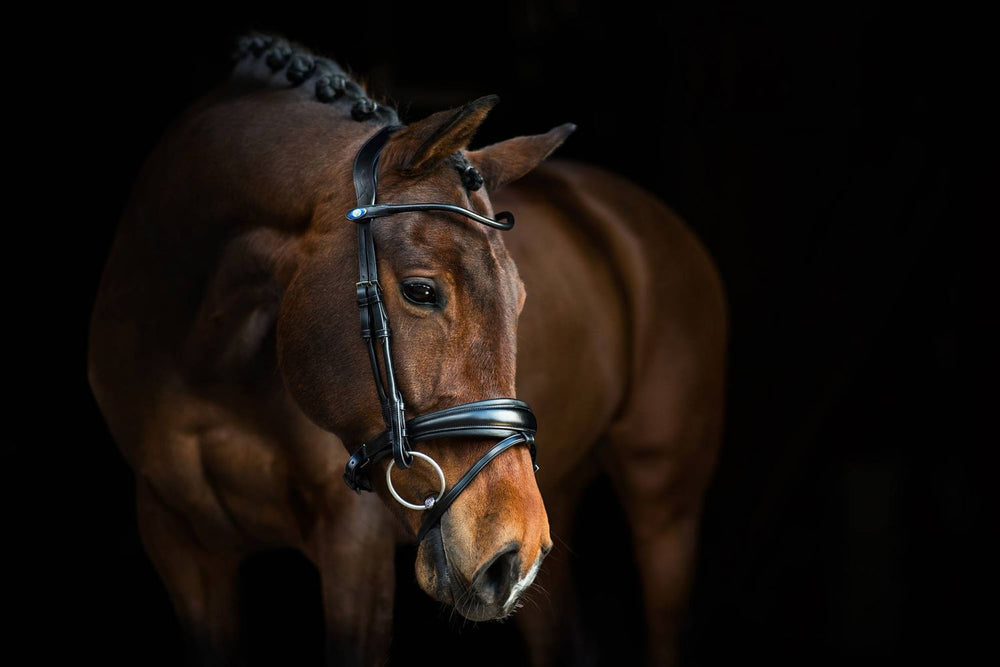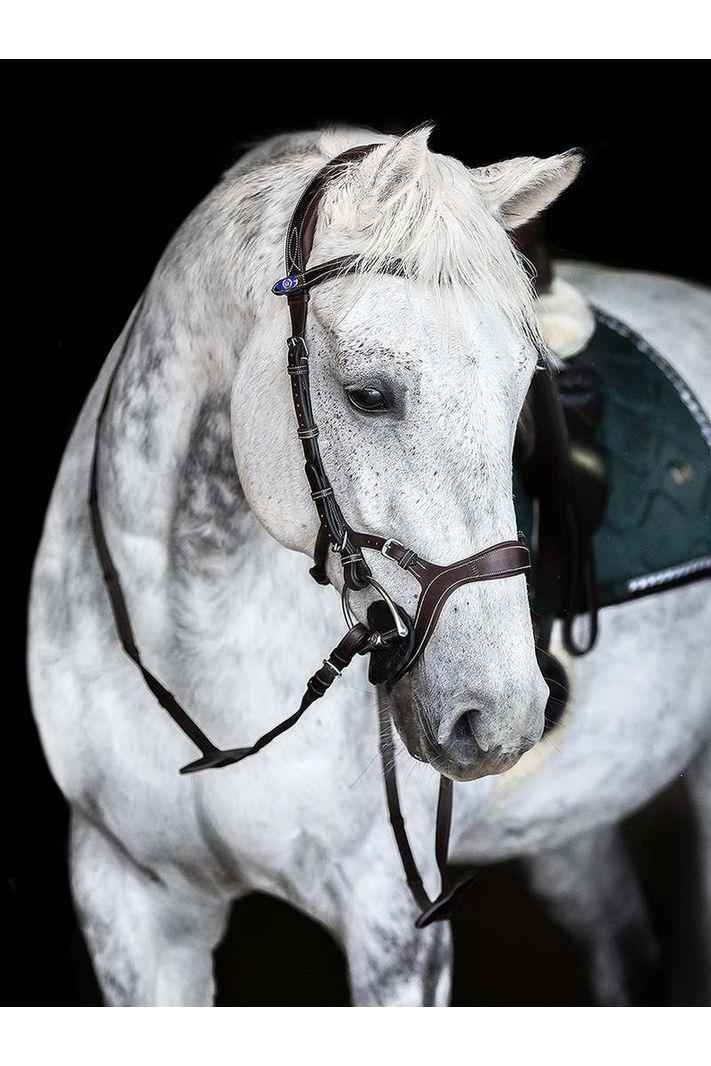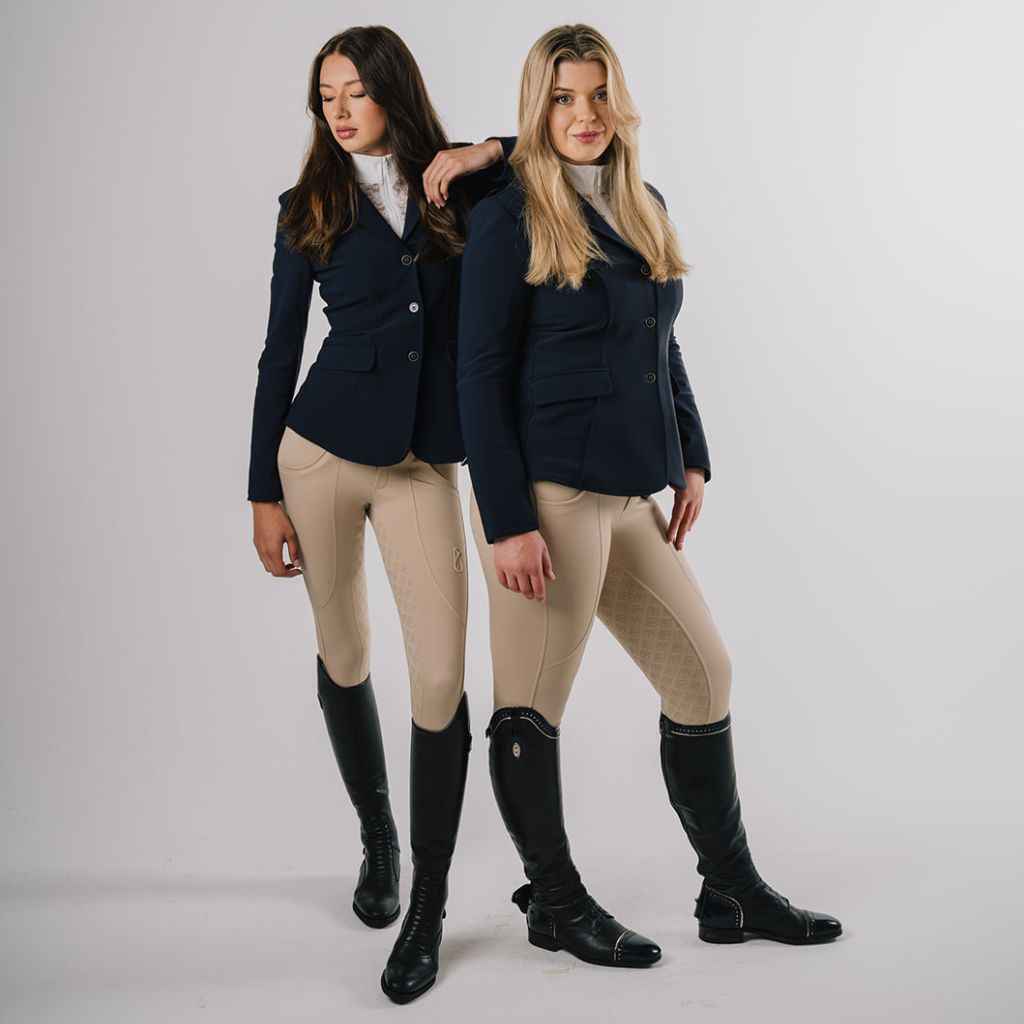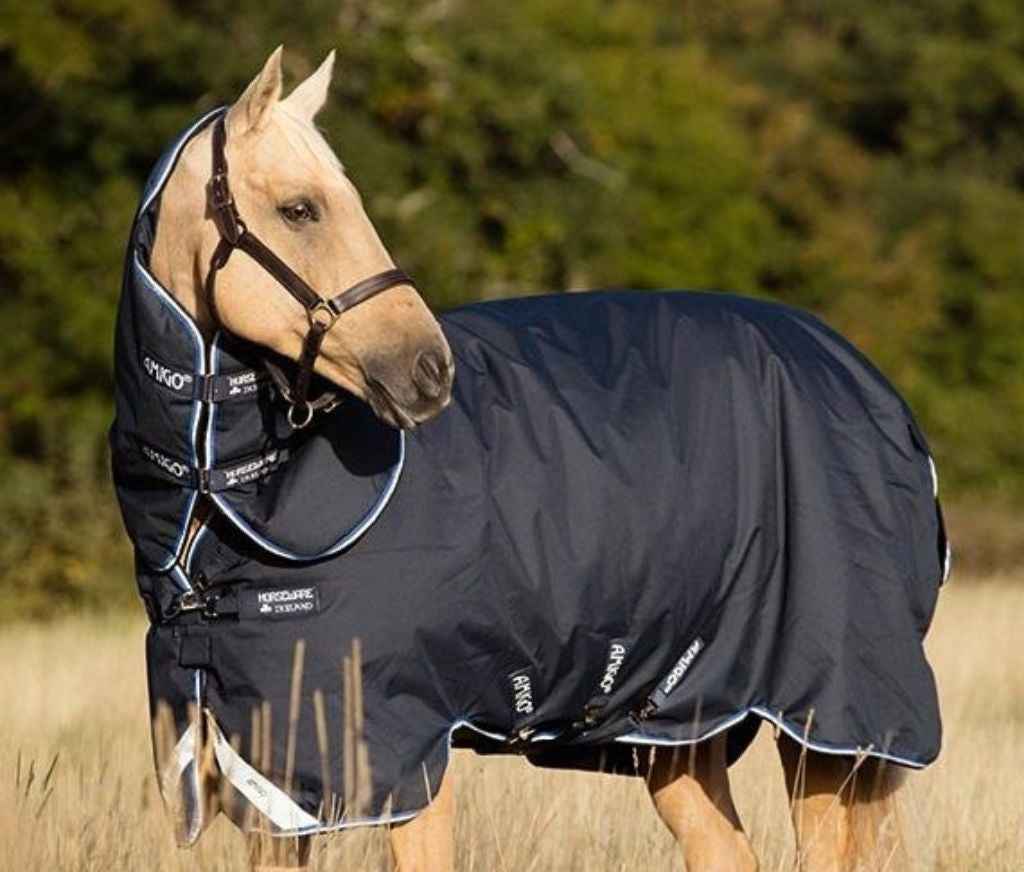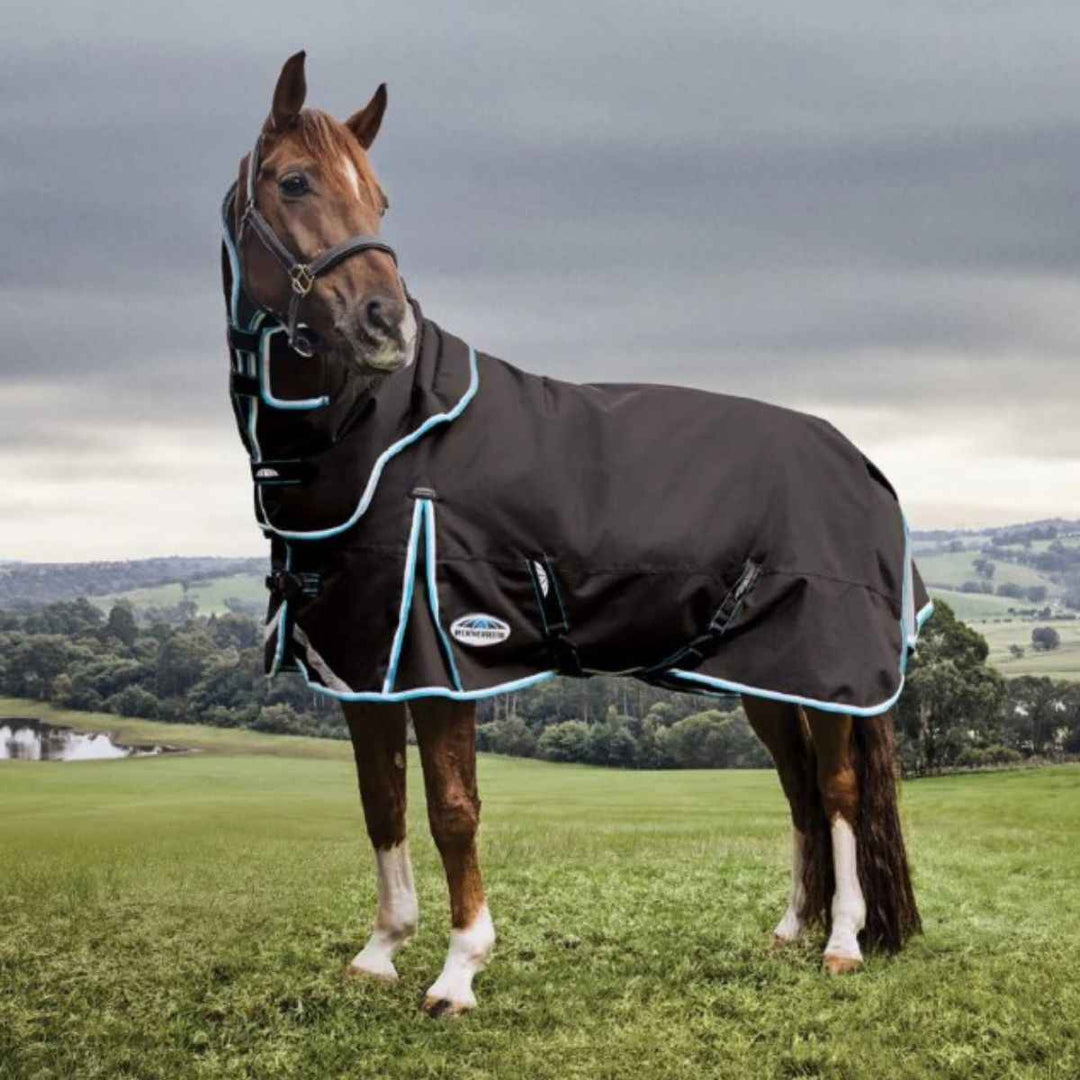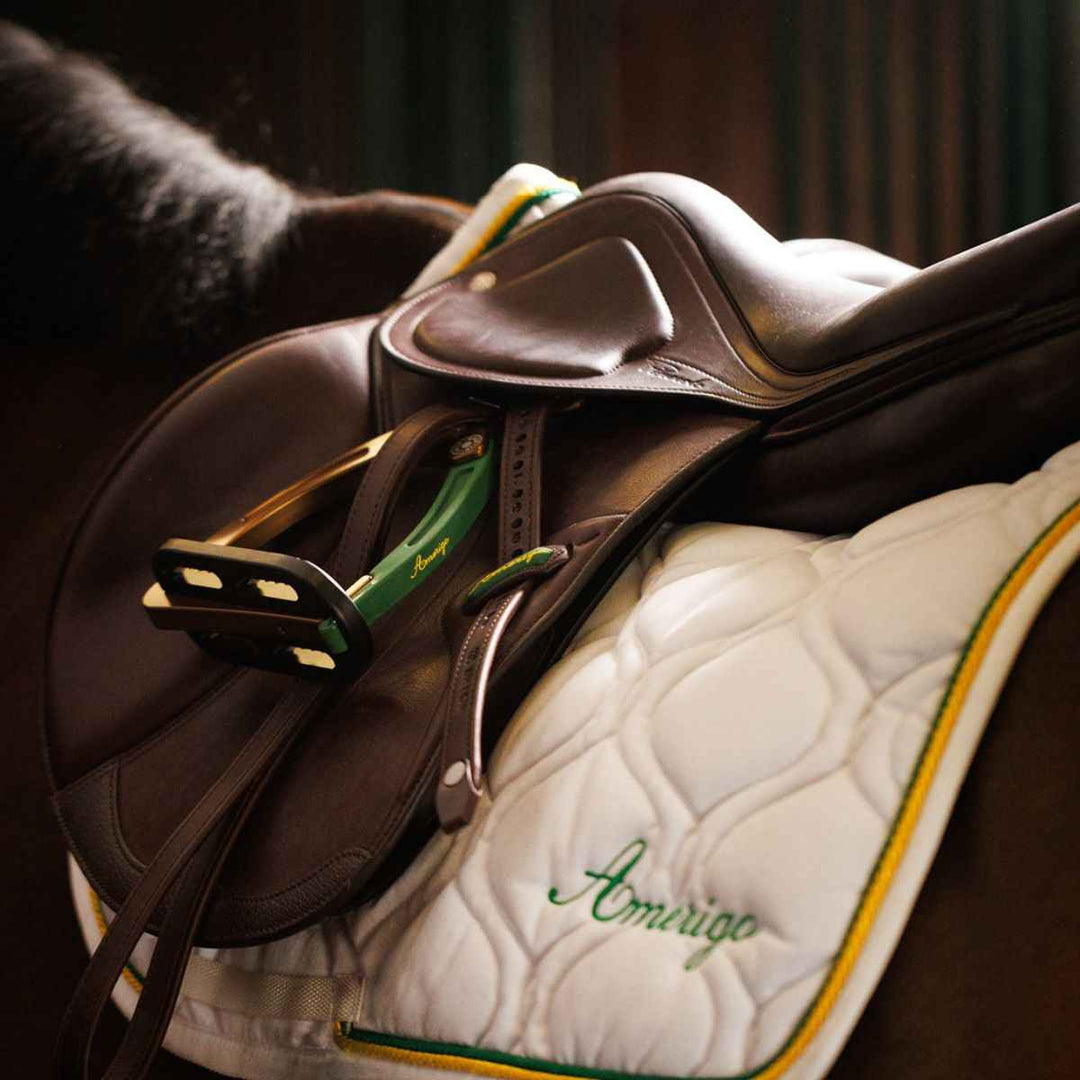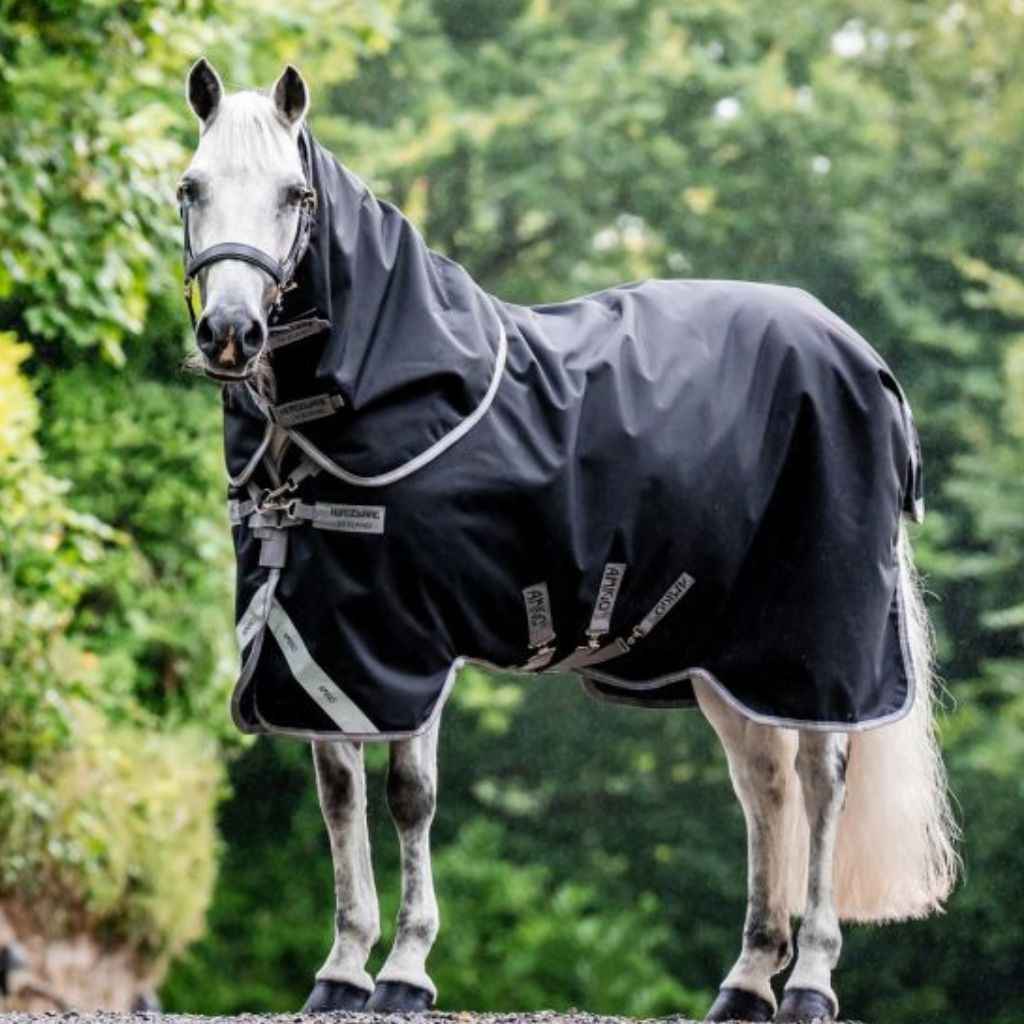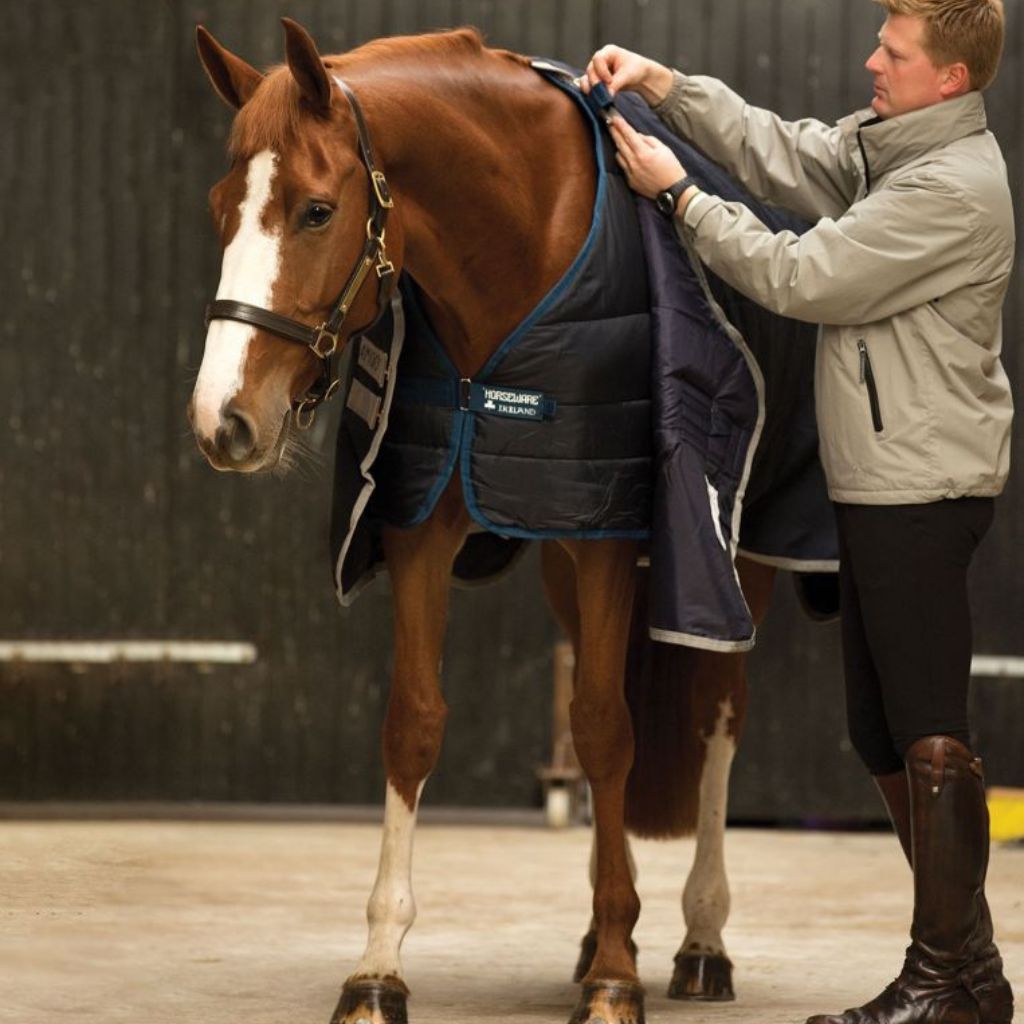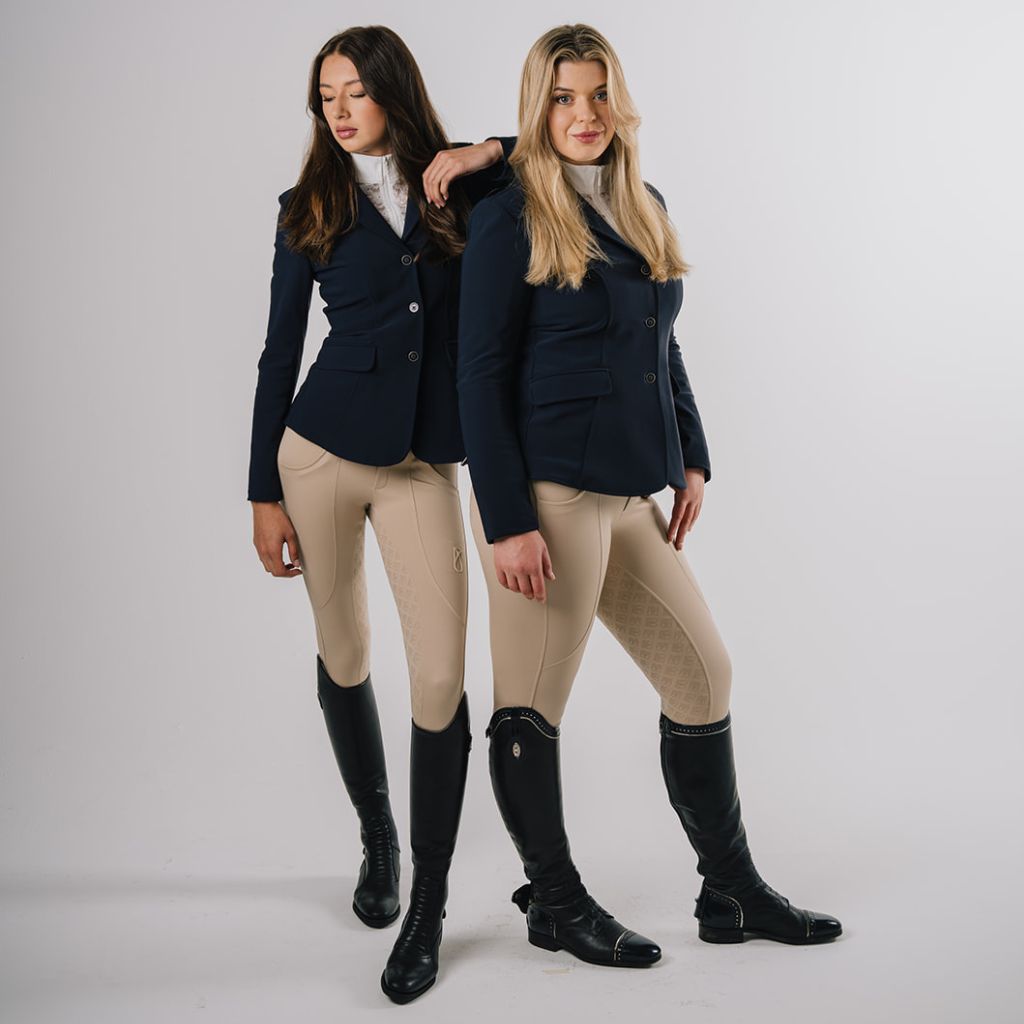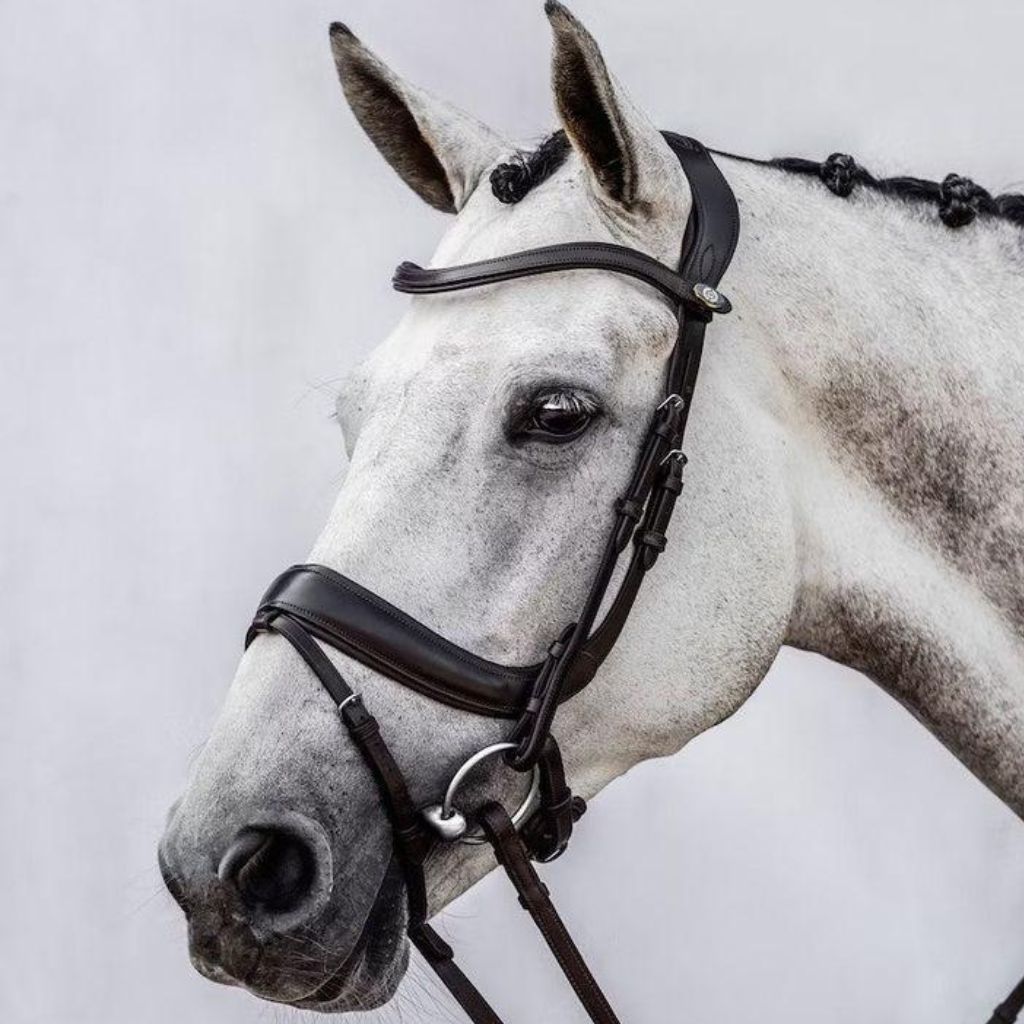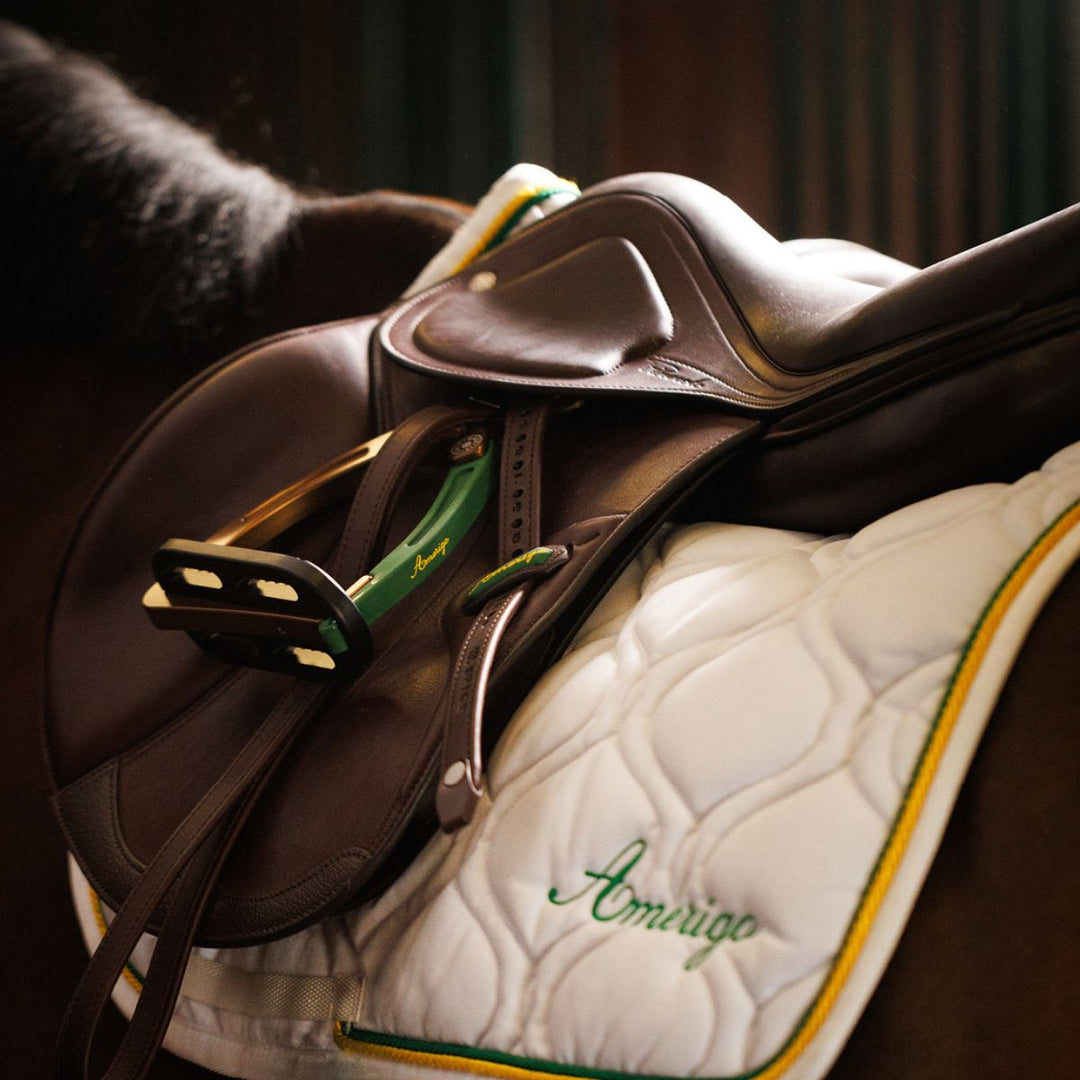What Weight Horse Rug or Cover Should My Horse Be Wearing?
Choosing the right weight of rug or cover for your horse can feel like guesswork - especially with New Zealand’s unpredictable weather. But getting it right is essential for your horse’s comfort, health, and coat condition. Factors like temperature, wind chill, rain, as well as whether your horse is clipped, aged, or turned out 24/7, all influence how much protection they need.
Here’s a practical guide to help you choose the right rug weight for your New Zealand sport horse - particularly those who live outdoors year-round.
Rug Weights Explained
- Horse rug weights are typically broken down into four main categories:
- No fill / Rain sheet (0g): Waterproof outer layer only; no insulation.
- Lightweight (50g–100g): Minimal fill; provides basic warmth plus waterproofing.
- Medium weight (200g–250g): Offers substantial warmth and insulation in colder weather.
- Heavyweight (300g–400g): Designed for extreme cold or vulnerable horses needing maximum warmth.
What to Consider When Choosing Rug Weight
1. Temperature & Weather Conditions
As a general guide, here’s what many Kiwi riders use based on temperature alone (for a horse turned out 24/7):
- Over 16°C – No rug, or a light rain sheet (0g) if wet.
- 12–16°C – Rain sheet or 50–100g if clipped or weather is windy/damp.
- 8–12°C – 100g–200g for clipped horses or those with finer coats.
- 4–8°C – 200g–250g (medium weight) for most unclipped horses; heavier for clipped.
- Below 4°C – 300g+ for clipped or older horses, especially if wet and windy.
Wind chill and rain can dramatically increase the need for insulation, even when actual temperatures are mild.
A damp, cold wind cuts through an unclipped coat just as it would through clothing.
2. Clipped vs Unclipped
Clipped horses lose their natural insulation and require heavier rugs, especially overnight and in wet or windy conditions. Full clips often need a medium or heavy rug even at moderate temperatures, while a trace or blanket-clip may need less.
Unclipped horses can regulate body temperature more naturally but still benefit from waterproof protection in persistent rain or if they're prone to losing weight in winter.
3. Age, Condition & Breed
Older horses, or those that struggle to hold weight, generally need more warmth and should be rugged more generously, particularly overnight. Fine-coated breeds (e.g. Thoroughbreds, Warmbloods) often need extra insulation compared to hardy types like ponies or cobs.
Horses in work may also benefit from lighter day rugs to avoid overheating and heavier rugs overnight for recovery and warmth.
New Zealand Conditions: What Works for Pasture-Based Sport Horses
In New Zealand, many performance horses are kept out in pasture year-round. A smart layering system using a well-fitted waterproof outer (like a rain sheet or lightweight combo) and a liner or stable rug underneath can help adapt to daily changes in temperature without needing multiple heavy rugs.
Using high-performance covers with breathable linings and reliable waterproofing ensures your horse stays dry, warm, and comfortable without sweating up or becoming chilled.
Final Tips
Always check under your horse’s rug feel behind the shoulder and along the back to ensure they’re warm/temperate but not hot.
Avoid over-rugging: sweating under a heavy rug in mild weather can cause coat issues and discomfort.
A good neck rug can help preserve warmth without overloading the body with fill.
Choose brands known for quality fit and insulation - Horseware, WeatherBeeta, and Cavallino are brands we trust and recommend.
Still unsure? Our team is always happy to help you select the right rug weight based on your horse’s coat, condition, and daily routine. A well-chosen rug helps your horse stay comfortable through every season and ultimately saves you money in the long run.

